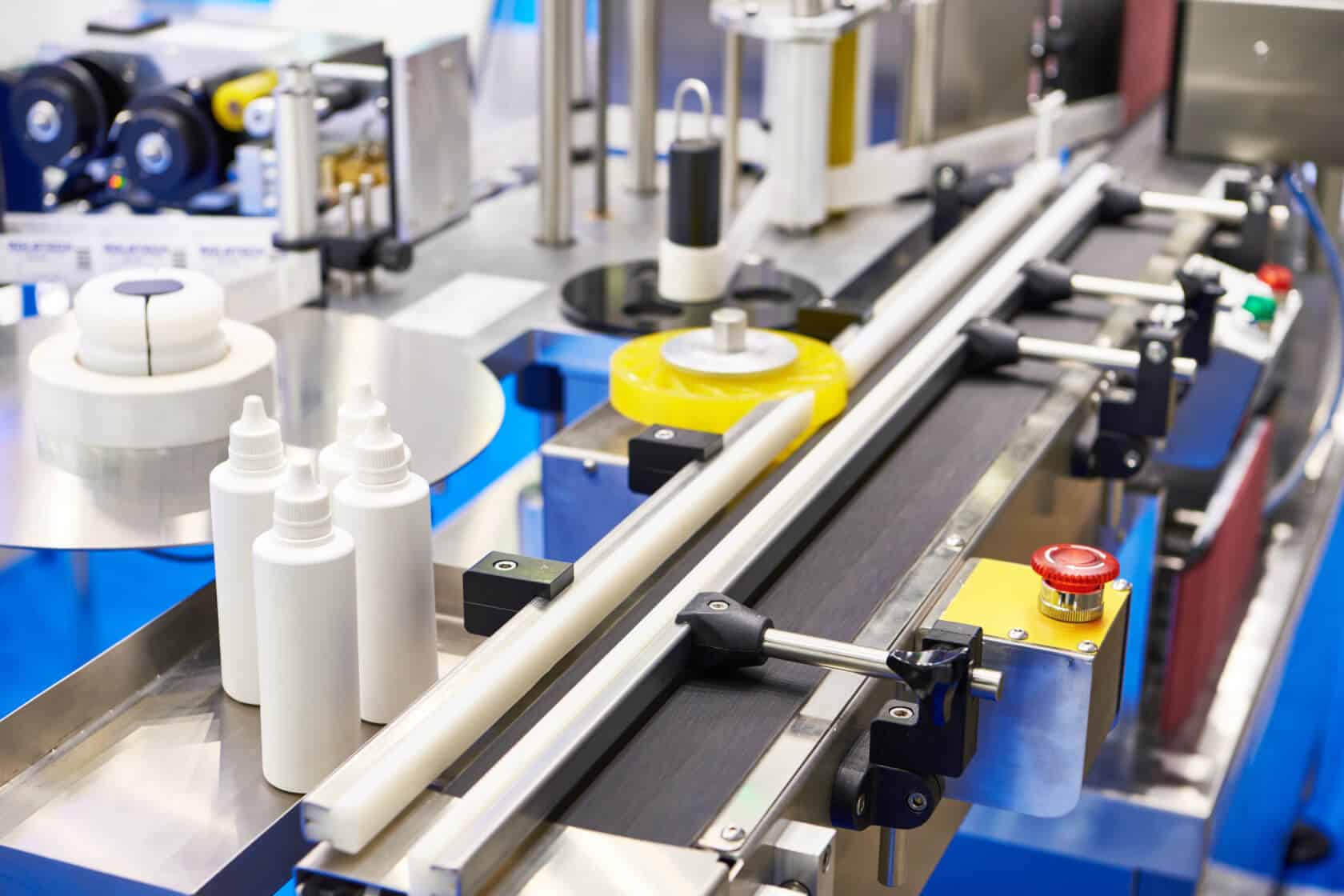Plastics are important materials with unique properties applicable in making many products. From their features and function, it is right to say that plastics are a versatile category of materials. However, their “claimed” versatility requires them to be worked on by different manufacturing processes.
There are many plastic parts manufacturing processes suitable for working with plastics However, how do you choose the right plastic parts manufacturing process?
What properties or factors do you look out for?
All these questions will be answered in this article. It will introduce common plastic parts manufacturing processes you can use for working with plastics.
It will then show the different factors that affect choosing the right option for your project.
Plastic Parts Manufacturing Processes
Before discussing the factors that play a huge role in choosing the plastic manufacturing process, there is a need to know the processes involved.
Below is an introduction to the major processes that most rapid prototyping services work with:
-
Injection Molding
Injection molding, from the name, involves the injection of molten thermoplastic materials into a mold. The molds are made from hardened steel or aluminum mold and are of different geometrical designs.
Molds can be geometrically complex and are made from manufacturing processes such as CNC machining. Consequently, the molds have tight tolerance and accuracy.
These properties make injection molding a costly process in terms of tooling. However, it is the best method for high-volume manufacturing.
When used, it reduces the cost per unit part of the product made.
But with the need of on-demand manufacturing, custom injection molding is a way for low volume plastic parts.
Dr. Emily Duncan, Forbes „30 Under 30“ Innovator – Love for Turtles Beats Plastic Pollution
-
3D Printing
3D printing is an additive manufacturing process that uses CAD designs designed on applications such as Adobe to create a 3D part layer by layer.
Unlike other plastic parts manufacturing processes, 3D printing has fewer design limitations. Consequently, it is economical to use for making pieces with complex geometries.
3D printing does not have any issue with tooling. For example, unlike CNC machining, you do not have to worry about the tools reaching tight during manufacturing.
Consequently, it is ideal for making intricate designs impossible to make using other methods.
-
CNC Machining
CNC machining is one of the most common rapid prototyping processes used in manufacturing.
It is a subtractive manufacturing process involving computerized tools such as mills, lathes, and drills to machine plastics and metals.
This means that the cutting tools are chipping at the plastic or metal till it becomes the finished piece.
CNC machining has two broad categories: milling and lathing.
On the one hand, CNC milling involves using a movable tool and a fixed workpiece. On the other hand, CNC lathing involves using a movable workpiece and a fixed tool.
CNC machining is an important plastic part manufacturing process ideal for working with hard plastics.
Therefore, when you have extremely hard plastic parts such as Delrin or those that require tight tolerance, CNC machining is the ideal method. However, CNC machining’s ability to handle complex designs can increase the cost per unit part.
-
Vacuum Casting
Vacuum forming is another manufacturing method that uses a vacuum to create durable products. The vacuum works by pushing sheets of thermoplastic materials across single-surface molds.
Vacuum casting is an ideal method for working with plastics such as Polystyrene.
How To Choose the Right Plastic Part Manufacturing Process?
After knowing the different plastic part manufacturing processes, the next thing to know is how to choose the right one.
Below are some important factors that you must consider when choosing a plastic part manufacturing process.
-
Design and Manufacturability
The final product’s design will play a huge role in the plastic part manufacturing process you choose. Complex designs will require you to use a process that can achieve the complex internal structure and tight tolerance associated with such designs.
For example, CNC machining and 3D printing are the most significant methods for working with.
In terms of design and manufacturability, you may have limited manufacturing options.
You might also need a Design for Manufacturing (DFM).
However, when choosing the right method for complex designs, always lookout for a quality and economical process.
-
Materials
The plastic material that you are working with will play a huge role in the manufacturing process you are going to use.
Here you have to consider the mechanical properties of the plastic polymer. For example, hardness is an important property that determines the ideal process.
Therefore, for hard plastic materials such as Delrin, CNC machining is the better method ahead of injection molding or 3D printing.
You also have to consider properties such as stresses and strains that the plastic/ product will be subjected to.
On considering the characteristics of the plastic, you can then choose the available manufacturing process and start your project.
-
Volume & Leading time
The volume of parts that you want to make and the lead time is also another factor to consider.
If you are working with a low-volume order, it is unideal to work with processes made for high-volume orders.
For example, to order one or 10 plastic parts, injection molding might not be the best choice since it needs to make molds that cost a lot.
The same goes vice versa. Therefore, it is not ideal for making large volume orders using CNC machining when injection molding tools are available.
Also, some processes are fast.
Therefore, they can produce parts in a short lead-time. However, when choosing a part manufacturing process, you must balance quality, volume, and speed.
-
Cost
This is the final and the most important factor determining the plastic part manufacturing process you can use. Plastic parts manufacturing process cost can be in terms of tooling/setup and production. For example, injection molding is expensive tool-wise while inexpensive production-wise. Therefore, when choosing a manufacturing process, you must ascertain the cost and choose the one that balances cost and quality production.
Final Thoughts
Plastics are important materials in rapid prototyping, and they are worked on by different plastic part manufacturing processes based on their properties.
Choosing the right manufacturing process can be challenging. Therefore, this article introduces plastic part manufacturing processes.
It then talked about the different factors that play an important role in choosing the right processes.
By going through this article, you will have enough information to choose the right part for your project.
Photos: Shutterstock
Plastic Pollution During Covid-19: Stay Safe, Waste Less
Support us!
All your donations will be used to pay the magazine’s journalists and to support the ongoing costs of maintaining the site.
Share this post
Interested in co-operating with us?
We are open to co-operation from writers and businesses alike. You can reach us on our email at [email protected]/[email protected] and we will get back to you as quick as we can.










